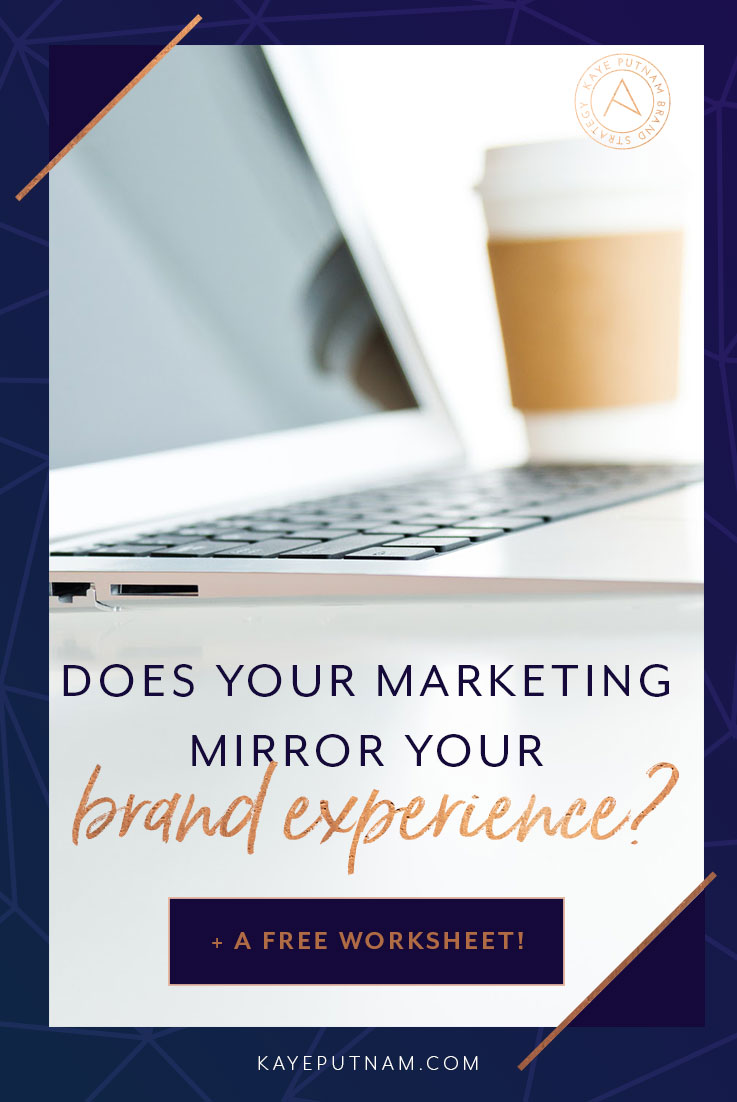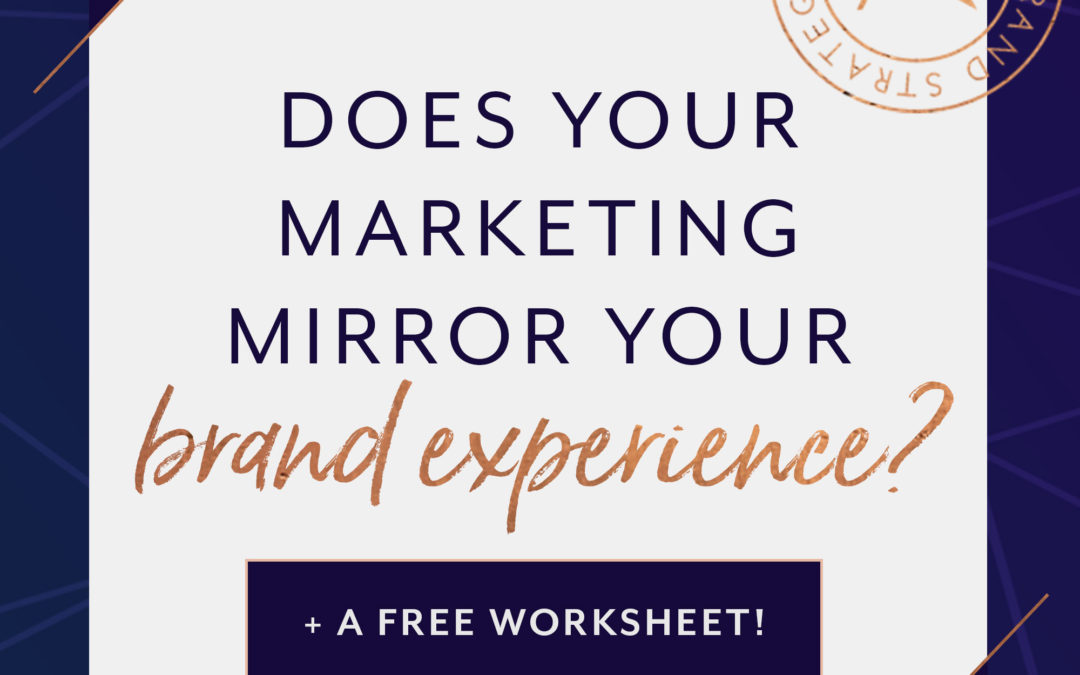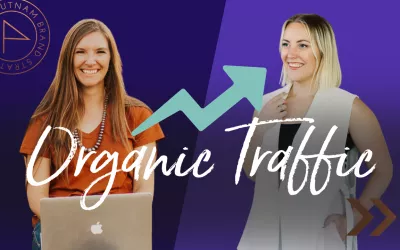Once upon a time, the hubs booked us an agriturismo in Tuscany. Basically, it’s a farm that’s also a hotel. It. looked. AWESOME. I spent so much time obsessing over the amenities on the website. Olive oil production tours, horseback riding, group dinners, free wifi. We couldn’t wait to get there and explore.
Then we arrived…
The front desk staff had no knowledge of any of this and basically told us we’re on our own when it comes to entertainment. This wouldn’t have been a big deal if we were expecting to go to a regular hotel. I mean, in a regular hotel, there’s something extra satisfying about binge-watching TV in bed and eating your weight in mediocre pizza. But that wasn’t what we had signed up for, and we were pretty disappointed.
Then came the cherry on top!
We settled into our room and, being an online entrepreneur and all, it didn’t take me long to whip out the ol’ laptop. Unfortunately, “FREE WIFI” should have read “FREE of WIFI.” No signal at all. Zilch. Nada. Well, unless of course I stood by an open window in 40º weather to snag a bar or two from wherever this elusive router was hiding. But it’s pretty hard to get work done when you’re holding the computer with one hand and shiver-typing with the other.
Why am I telling you this?
Because it could have been avoided. Easily. Had the website been accurate, my expectations would have been much different, and I would have been happy to spend a wifi-free weekend in Tuscany. That actually sounds magnificent! But perception and expectations play a huge role in the experience customers and clients will have with your brand.
It isn’t enough to talk the talk.
Your brand experience needs to live up to what your marketing promises.
So let’s go over how.

But first, let’s take a minute to establish the difference between brand experience and marketing, and how they impact each other. Your brand experience is the way your customers and clients feel about your brand, services, and/or products – from beginning to end. It starts the moment they find your website. It can include your site, your communication, your reviews, your aesthetic, your offerings, your prices, and any reactions to their personal experience working with or buying from you. Obviously, with so many factors going into creating your brand experience, it’s important to do what you can to control the situation. There will always be elements that are outside of your control, but you CAN control your marketing.
Your marketing is the way that you promote and sell your brand. It’s the content and feel of your website, the talking points you choose, the value you offer. Essentially, it’s the way you position your brand. This is SO crucial because it allows you to set the bar to bring in your best clients and not disappoint. By sharing the strongest points of your brand and knowing what works best for your collaborations, you’re significantly reducing the chance of letting someone down (and receiving those nasty negative reviews!).
Now, let’s learn how to set the right expectations…
Anticipate their questions.
The FAQ section exists for a reason. There are certain questions that businesses get asked regularly. So rather than answer them over and over and over again (or lose potential customers when they can’t find the answer for themselves), it’s best to tell your audience what they need to know ahead of time.
This can be done in a lot of different ways; the FAQ page (if you have one) should only supplement information you’ve already provided on the rest of your site. It’s crucial that your copy is descriptive and accurate. You want to give your customers and clients a clear understanding of what you can offer them, so be explicit in explaining your services or products.
For many businesses, a welcome/orientation kit would also be a great way to indoctrinate new clients and customers. You could offer a downloadable asset or rely on email to deliver your warm welcome. Whatever you do, just make sure that you’re setting crystal clear expectations from Day 1. This will keep your clients happy and cut down on uncomfortable situations later on.
Knowing how to answer your most frequent questions FOR your audience is valuable. There are many ways to provide information, so always be thinking about how to best position your brand to create the best experience possible. Don’t get so hung up on what you think you SHOULD have that you can’t recognize your own strengths. The most important thing is that you’re able to accurately describe your experience and don’t leave your audience wondering or wanting for more.
Set the tone.
When it comes to setting expectations, step back and take a look at the big picture. What are your brand’s strengths and weaknesses? What do you offer that sets you apart from the competition? What is it about your brand experience that makes customers or clients choose you?
Let’s use the agriturismo example from earlier. Rather than showcase the best things about their experience (or even accurate ones), they rattled off a list of amenities they didn’t have or that were sub-par. If you know that something about your service is a weak point, it’s best not to advertise it. Rather than promoting free wifi, they could have (and should have) painted a much different picture – encouraging guests to unplug and unwind in the country. Then, it isn’t looked at as a negative that there’s limited wifi; it seems purposeful. It makes you say, “Okay. Hell yeah, I can put my laptop away for a weekend. That’d be refreshing!”
You’ve got to consider what makes your brand experience different from the other options out there. Sometimes, it may appear to be a “bad” thing if you don’t have all the bells and whistles that other brands in your space have, but that isn’t necessarily the case. Different people want different things. So think about your experience and how it works for YOUR audience. Positioning can make a world of difference in how your brand will be perceived.

(Pin for later!)
Take them by surprise.
Everyone loves a good surprise, right? For some reason, even the smallest examples of going the extra yard can make such a huge difference. Think about the way you feel when you enter a hotel room or cruise cabin and find your towel up as an origami elephant. It didn’t cost them anything – just an extra moment of their time, and it adds to the experience. You might even find yourself reaching for your phone to take a picture. (Don’t underestimate the power of word of mouth marketing, friends!)
Granted, not all extras are free. On the same trip where hubs and I stayed at the agriturismo, we booked a room in Florence. They took us by surprise by gifting us chocolates on the way in and homemade soap on our way out. It was a small, inexpensive gesture, but made such a huge impact on our experience with the hotel.
Doing more for your customers and clients doesn’t mean you have to get crazy extravagant. It could be as simple as a carefully folded towel, locally crafted item, or discount for next time. The point is: big experiences come in small details. Do what you can to provide a pleasant surprise for every person who comes your way. Your efforts won’t go unnoticed.
In fact, if you’ve paid much attention to online review systems like Yelp, you might notice that most of us are more likely to leave a review when something negative has happened rather than when our expectations are met. UNLESS, however, you’re able to up your game by doing something extra special for your clients. Even the smallest details and gestures go a long way when it comes to incentivizing people to share their positive experience.
Make improvements and own your strengths.
One of the easiest ways to create a better experience for your clients is to listen to them… but not just them. Keep a close eye on what’s going on in your industry as well. You need to stay on-brand, but there’s a certain level of “keeping up with the Joneses” involved in keeping your business afloat and in-demand.
What about your process isn’t as professional as it could be? How could it be better? By identifying your weakest points, you are allowing yourself to think about the big picture. Do some research to see what other people are doing to create a better experience. Think about what changes you could make to improve your weakest points. A lot of weaknesses can be brought back to your systems and onboarding. You’ll want to make it as easy and intuitive as possible for your clients and customers to understand, sign up for, or buy your services.
On the flip side, ask yourself what you’re doing really well at. Are there certain parts of your business that are working like a well oiled machine and impressing your clients? Keep up the great work… but also, market your strongest skills! If there’s something that you’re doing better than anyone else, don’t be shy. You’ve got to position yourself as the best at the things you’re killin’ it at!
Take my brand for example… There are thousands of other Brand Strategists out there. I can’t claim to be the best at everything, but I’ve found my niche in a Psychology-Driven approach. That is what sets me apart from the competition. Not every (or even most) brand strategists use this approach, so while it’s possible to have a great experience without it, it’s that special touch that convinces clients to come to me instead of someone else.
On that note, you won’t find me going on and on about what an incredible designer I am (like a lot of strategists) because that isn’t my personal strength. What makes up for it is that I’m able to deliver specific psychology-backed guidelines to help drive the aesthetic of a brand moving forward. My clients don’t come to me because they’re looking for the most incredible logo they’ve ever seen. They come to me because they want a full grasp on their brand; to understand it inside and out. THAT, my friends, is how you play to your strengths.
So, in conclusion…
Building your best brand is an iterative process. If you’re putting in work, you’ll always be making improvements and changes along the way. What’s important is that your marketing grows to reflect every stage of your brand. Not only will it help you to get more clients and customers with minimal effort, but it will also help keep their expectations in check. By setting a precedent for your audience, you’re letting them know that you’re on the same page and want to provide the experience they’re seeking.
When your clients and customers are happy, they’re much more likely to return to you next time and share their experience with friends and family. Again – never underestimate the power of word of mouth marketing! Referrals are SO valuable. After all, think about how much more likely you are to try a product or service if a friend has had success rather than reading reviews from people you don’t know.
You can’t control it all. You can’t choose who will leave you a review and who won’t, or who will or won’t pass on the word to their friends. There will be errors along the way, because you’re human and flaws occur. It’s the way of the world. What you CAN do is cover your bases to provide the best experience for every single lead that comes your way, even if they don’t convert. If you treat every person who comes your way how YOU would like to be treated and anticipate their needs, you’ll create brand fans – even when some aren’t yet ready to buy!




